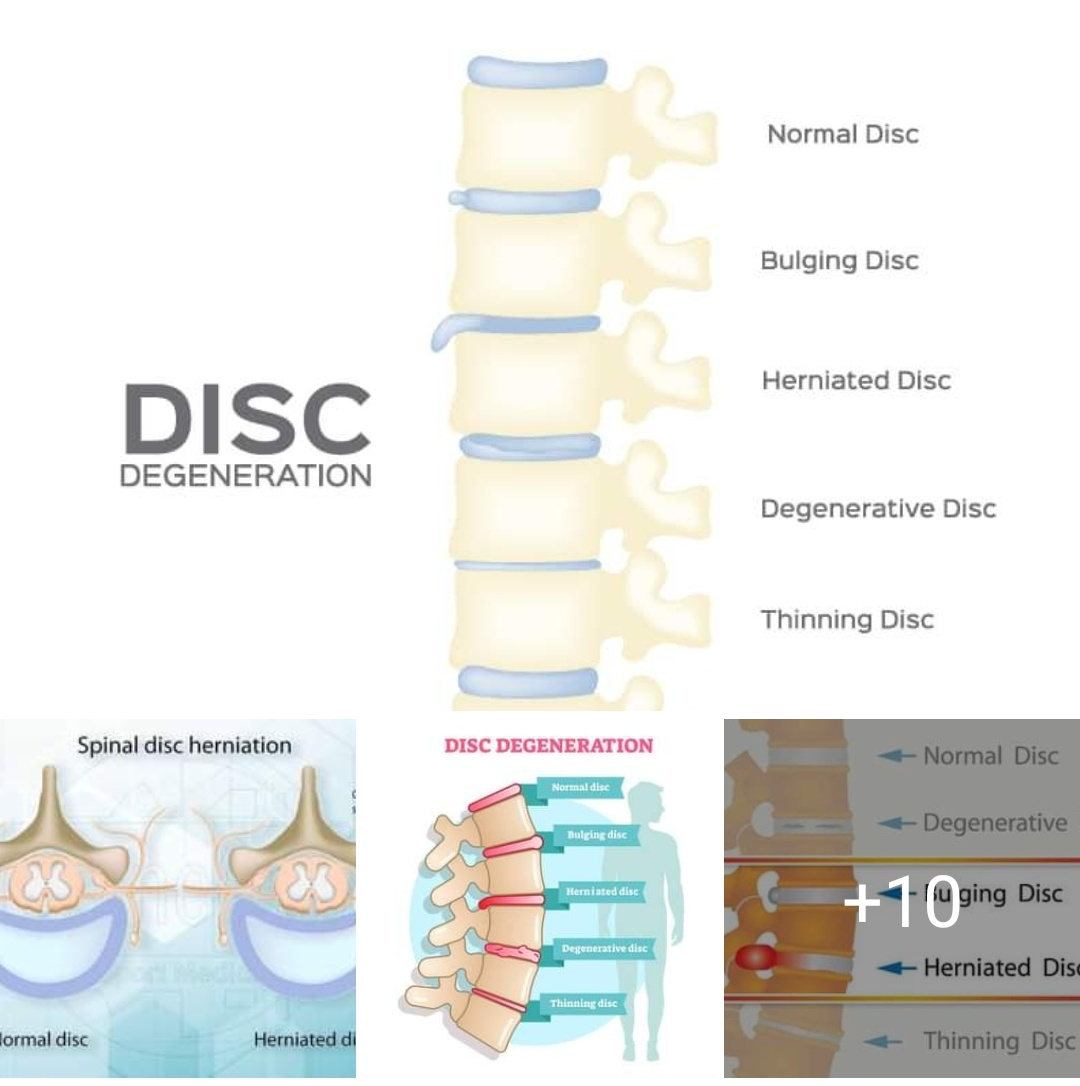
2023-09-20T17:06:17
Physiotherapy clinic in Tambaram Are you Looking for Physiotherapy Treatment in Tambaram, Sunshine Super Speciality Physiotherapy Clinic, We Provide Electrotherapy, Exercise and Manual Therapy, Orthopedic, Neuro, Cardio, Pediatric, Sports and Geriatric Rehabilitation, Post Operative Physiotherapy Treatment, Fracture Rehabilitation, pain free movement. ➡️Difference: 🗒️Bulging disc and Herniated disc??? There are a wide range of terms used to describe spinal conditions associated with back pain: ➡️Slipped disc ➡️Pinched nerve ➡️Bulging disc ➡️Ruptured disc These names are used interchangeably, which can cause a lot of confusion, but all of them can irritate the nerve and cause back pain. Your spine is made up of bones (called vertebrae) and rubbery discs stacked on top of one another, forming the spinal canal. The bundle of nerves (called the spinal cord) ru n down the length of the spinal canal. The discs in your spine function like shock absorbers between the vertebrae. These discs are made of two components: a softer center (called nucleus pulposus) surrounded by a tough elastic-like band (called annulus fibrosus). ℹ️"A bulging disc is like letting air out of a car tire. The disc sags and looks like it is bulging outward. With a herniated disc, the outer covering of the disc has a hole or tear. This causes the nucleus pulposus (jelly-like center of the disc) to leak into the spinal canal." ⚠️bulging discs are usually caused by age-related degeneration. Because it is considered degenerative, there is usually a progressive, gradual onset of symptoms. It can cause pain in the buttocks, legs, or back. It can also affect your ability to walk. Bulging discs usually affect multiple discs. This condition develops over time and can cause other disc degeneration-related issues, like lumbar stenosis (narrowing of spinal canal). ℹ️Pain from a herniated disc comes on abruptly and usually affects one individual nerve root. Herniated discs are sometimes caused by an acute injury. In some cases, you may know the cause of the injury, such as twisting incorrectly. Other times, I see patients who just woke up one day and noticed this pain in their back. Disks show signs of wear and tear with age. Over time, disks dehydrate and their cartilage stiffens. These changes can cause the outer layer of the disk to bulge out fairly evenly all the way around its circumference — so it looks a little like a hamburger that's too big for its bun. ℹ️A bulging disk doesn't always affect the entire perimeter of a disk, but at least a quarter if not half of the disk's circumference is usually affected. Only the outer layer of tough cartilage is involved. ℹ️A herniated disk, on the other hand, results when a crack in the tough outer layer of cartilage allows some of the softer inner cartilage to protrude out of the disk. Herniated disks are also called ruptured disks or slipped disks, although the whole disk does not rupture or slip. Only the small area of the crack is affected. Compared with a bulging disk, a herniated disk is more likely to cause pain because it generally protrudes farther and is more likely to irritate nerve roots. The irritation can be from compression of the nerve or, much more commonly, the herniation causes a painful inflammation of the nerve root. 🔴Conclusion The main difference between a herniated disc and a bulging disc is that the nucleus does not push out of the annulus in a bulging disc. The disc simply bulges out of the space it normally occupies in the spine. Considered a normal part of aging, a bulging disc may not even cause any symptoms. If it bulges enough to press on spinal nerves or narrow the spinal canal, then it can lead to symptoms including pain, numbness, tingling, or weakness. A bulging disc can sometimes be a precursor to a herniated disc. 🔴Passive Physical Treatments for Herniated Discs 🔘Deep Tissue Massage: There are more than 100 types of massage, but deep tissue massage is an ideal option if you have a herniated disc because it uses a great deal of pressure to relieve deep muscle tension and spasms, which develop to prevent muscle motion at the affected area. 🔘Hot and Cold Therapy: Both hot and cold therapies offer their own set of benefits, and your physical therapist may alternate between them to get the best results. Your physical therapist may use heat to increase blood flow to the target area. Blood helps heal the area by delivering extra oxygen and nutrients. Blood also removes waste byproducts from muscle spasms. Conversely, cold therapy (also called cryotherapy) slows circulation. This reduces inflammation, muscle spasms and pain. Your physical therapist may place an ice pack on the target area, give you an ice massage, or even use a spray known as fluoromethane to cool inflamed tissues. 🔘Hydrotherapy: As the name suggests, hydrotherapy involves water. As a passive treatment, hydrotherapy may involve simply sitting in a whirlpool bath or warm shower. Hydrotherapy gently relieves pain and relaxes muscles. 🔘Transcutaneous electrical nerve stimulation (TENS): A TENS machine uses an electrical current to stimulate your muscles. It sounds intense, but it really isn't painful. Electrodes taped to your skin send a tiny electrical current to key points on the nerve pathway. TENS reduces muscle spasms and is generally believed to trigger the release of endorphins, which are your body's natural pain killers. 🔘Traction: The goal of traction is to reduce the effects of gravity on the spine. By gently pulling apart the bones, the intent is to reduce the disc herniation. The analogy is much like a flat tire "disappearing" when you put a jack under the car and take pressure off the tire. It can be performed in the cervical or lumbar spine. SUNSHINE ® SUPER SPECIALITY PHYSIOTHERAPY CLINIC - #DrParthiban #Sunshinephysioclinic.in #Physiotherapyclinicintambaram DR.M.P. PARTHIBAN.M.P.T (Ortho), Chief Orthopedic Physiotherapist, Call for Appointments: - 9345122177 East Tambaram, CHENNAI

